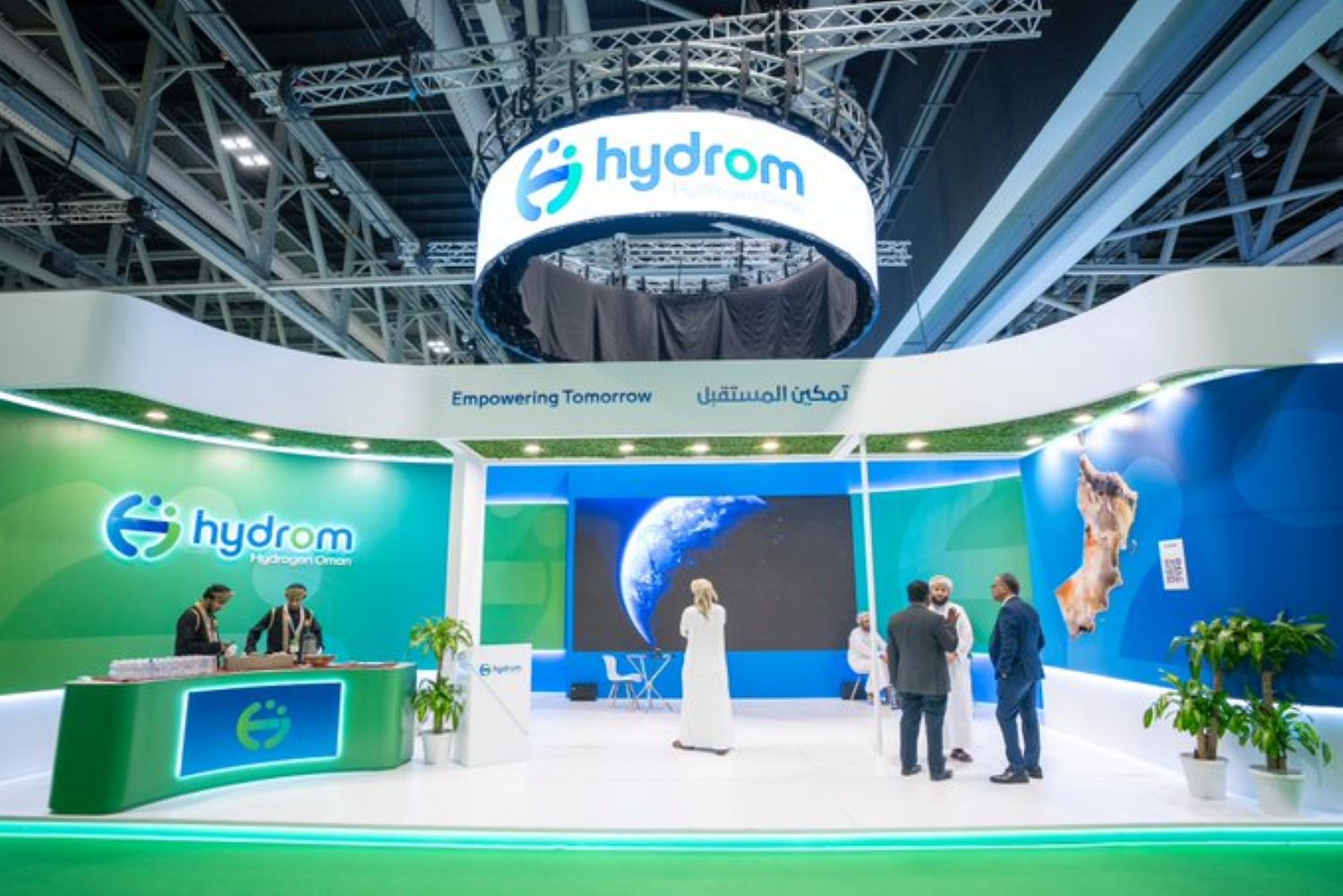Hong Kong – The government of Oman’s targets to expand local green hydrogen production could support key credit metrics, such as GDP, fiscal revenue and the balance of payments, over the long term against the backdrop of the global energy transition, says Fitch Ratings.
Uncertainty around potential outcomes remains high at this early stage of the sector’s development, it added.
The government aims to raise renewable energy-based hydrogen production to at least one million metric tonnes (mt)/year by 2030, rising to at least 3.25 million mt by 2040 and 7.5 million mt by 2050, a press release said.
Local state-owned enterprise (SOE) Hydrogen Oman (Hydrom) signed six investment agreements, worth over US$38 billion, with partners in 2023.
Fitch Ratings said that hydrogen strategy will not involve large-scale SOE investments or associated sovereign contingent liabilities, with Hydrom only providing prepared plots and another SOE, OQ Alternative Energy, only taking relatively modest minority stakes in selected projects.
Most projects focus on producing and exporting either hydrogen – in the form of ammonia – or steel.
The main impact of the green hydrogen development plan in the near term is likely to be on investment, external metrics and employment.
Foreign direct investment (FDI) would boost GDP, but the lift would be counterbalanced by rising imports for project delivery.
Fitch Ratings estimate that in-country value-added requirements for these investments will support existing GDP and ancillary sectors.
The projects’ exports would support Oman’s current account balance, but this will be partly offset by external debt repayment and dividend payments to parent companies. 0
The sector’s activity would also boost GDP and employment.
A large share of staffing needs would be sourced abroad, but producers will also be subject to employment targets for Omani nationals.
Oman’s near-term take from its 15 percent corporate income tax is likely to be negligible, based on our assumption that most companies in the emergent green hydrogen sector globally will initially have low profitability.
Most of the budget uplift would come from the 5 percent average in-kind royalty on green hydrogen.
Fitch Ratings estimate the royalty on one million mt produced at current prices would be equivalent to about 0.7 percent of Oman’s GDP in 2023.
This is a modest figure that is unlikely to reduce significantly the volatility of its fiscal revenues, which remain exposed to hydrocarbon prices.
Fitch stated in September 2023, at the time of the upgrade of Oman’s rating to ‘BB+’ from ‘BB’ with a Stable Outlook, that growth of the non-oil economy which improves non-oil fiscal revenues and reduces social spending pressures on the government could lead to positive rating action.
In the longer term, Oman’s success in the development of a green hydrogen sector would help to reduce its high dependence on fossil fuels and its exposure to the global energy transition.
Fiscal and export revenues from green hydrogen may still be susceptible to global energy-price cycles, but if Oman is able to develop an export base for green steel, this could diversify its exports.
Fitch says Oman has potential to compete in green hydrogen production, reflecting its low renewable-energy costs, available export infrastructure through Hydrom and the under-utilised Duqm port, and a clear, relatively low tax framework, the release added.
The sector’s long-term viability will depend on a number of factors, including the speed and scale of global adoption of green hydrogen, carbon prices (particularly in Europe) and the emergence of competitors.








